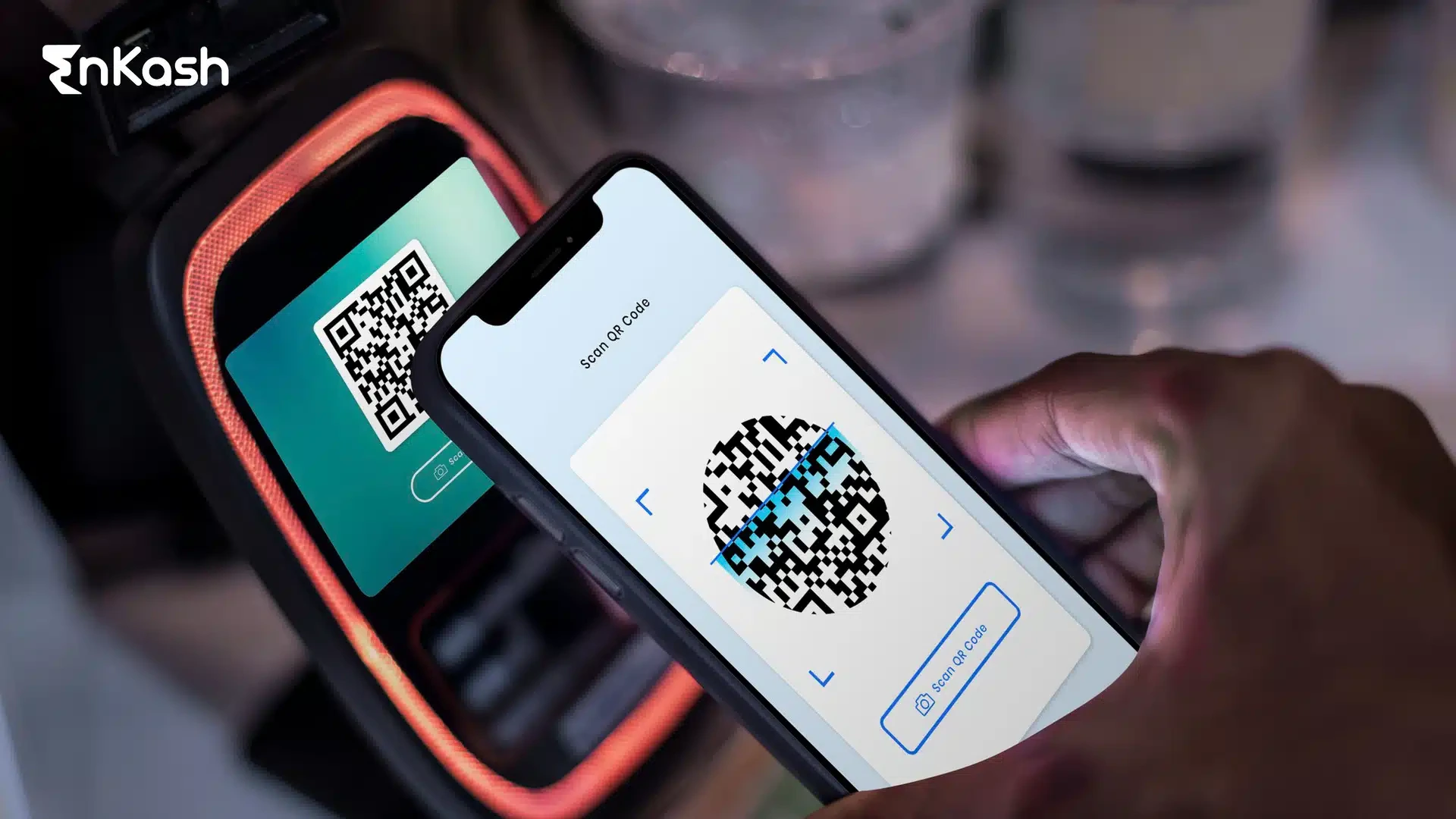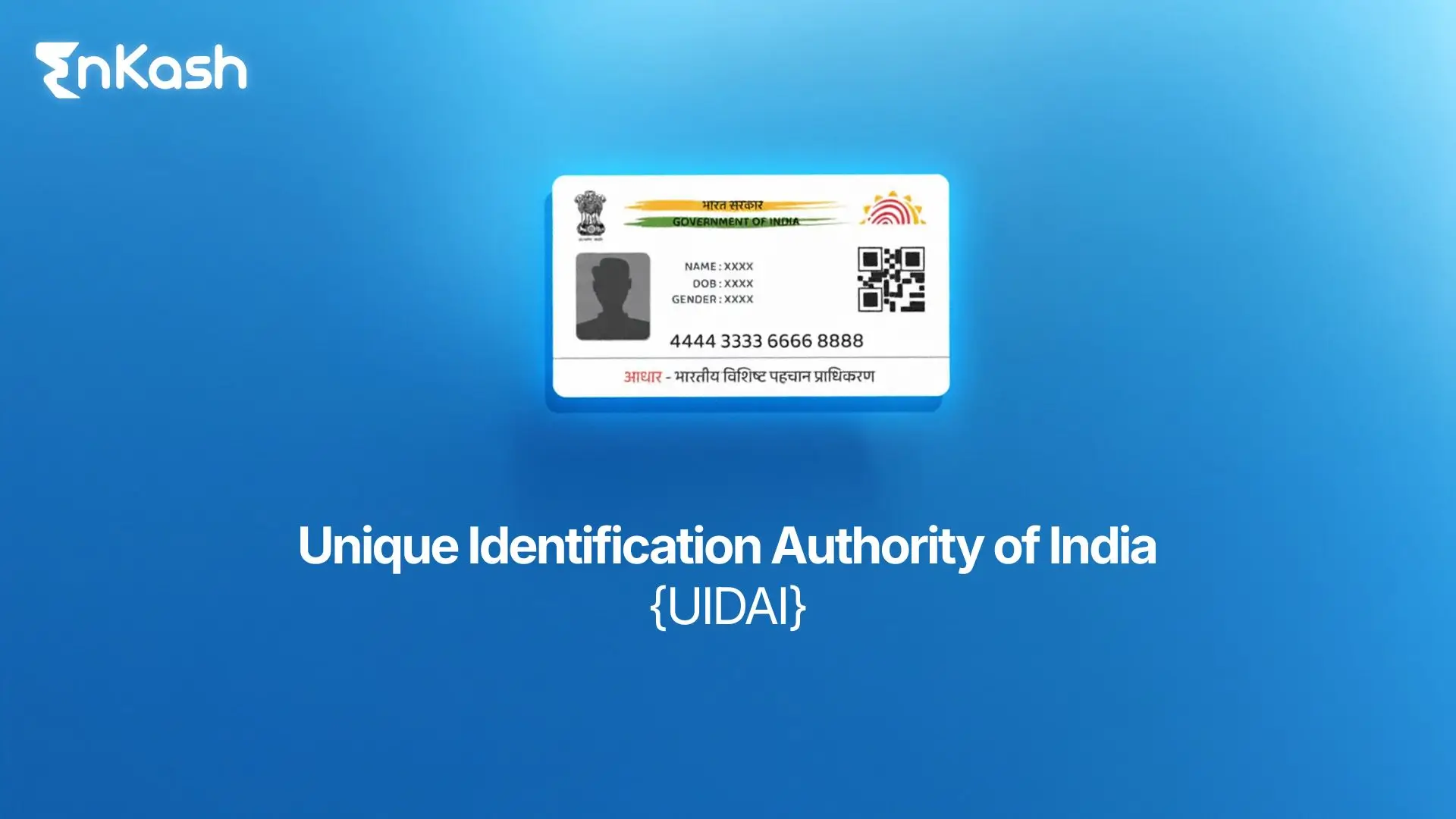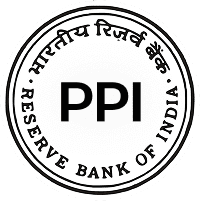Introduction to UPI
The Unified Payments Interface (UPI) is one of the biggest innovations in India’s digital banking ecosystem. In simple terms, UPI in banking is a real-time payment system that allows users to send and receive money instantly through their smartphones. Unlike traditional banking methods, UPI eliminates the need to enter bank account details or IFSC codes for every transaction.
When we talk about UPI, it is essentially a single platform that merges multiple bank accounts into one mobile application. With UPI, you can pay utility bills, transfer money, shop online, or make in-store purchases just by using a UPI ID or QR code.
What is UPI?
The full form of UPI is Unified Payments Interface.
It is a revolutionary real-time digital payment system that allows users to transfer money instantly between two bank accounts using just a mobile phone.
In banking terms, UPI means a platform developed by the National Payments Corporation of India (NPCI) that merges multiple bank accounts into one mobile application, enabling seamless transactions. Whether you’re paying bills, shopping online, or sending money to a friend, UPI makes it possible with just a few taps.
Key Points About UPI:
- UPI Stands For Unified Payments Interface.
- UPI Definition: A secure, instant, and real-time payment system that connects banks and customers digitally.
- UPI Meaning in Banking: A digital payment method that allows peer-to-peer (P2P) and peer-to-merchant (P2M) transactions 24×7.
- To define UPI in simple words: it is like having a digital wallet directly linked to your bank account, without needing to load money separately. You just use a UPI ID, mobile number, or QR code to complete transactions securely.
In short, what does UPI stand for? It stands for a cashless, instant, and secure way of making payments in India—bringing the entire banking ecosystem to your smartphone.
What are UPI Payments?
UPI (Unified Payments Interface) payments refer to a real-time digital payment system in India that allows users to send or receive money instantly using a mobile device. Developed by NPCI, UPI connects multiple bank accounts into a single app, enabling seamless transfers without needing bank account numbers, IFSC codes, or wallet top-ups.
UPI payments work through a unique UPI ID/VPA (Virtual Payment Address), which acts as your digital payment identity. You can pay anyone by simply entering their UPI ID, scanning a QR code, or approving a payment request.
Key Characteristics of UPI Payments
- Instant real-time transfers available 24×7, including bank holidays
- No need to share bank details, cards, or OTPs for every transaction
- Free or minimal charges, depending on the bank and transaction type
- Highly secure with multi-layer authentication and UPI PIN
- Supports P2P and P2M payments, making it suitable for personal and business use
- Works across all major UPI apps such as Google Pay, PhonePe, Paytm, BHIM, and banking apps
Read more: What is UPI Lite?
History of UPI: How India Revolutionised Digital Payments
The Unified Payments Interface (UPI) has become the backbone of India’s digital payment ecosystem. But have you ever wondered who invented UPI Payments, when it was launched, and how it grew into the world’s most successful payment system? Let’s explore its journey.
Who Invented and Developed UPI?
UPI was developed and introduced by the National Payments Corporation of India (NPCI) in collaboration with the Reserve Bank of India (RBI) and the Indian Banks’ Association (IBA). NPCI, a not-for-profit organization, was specifically created to modernize retail payments in India, and UPI is one of its most impactful innovations.
In simple words, UPI was made in India, by India, for India — and now, it is being studied globally as a benchmark for real-time payment systems.
When Was UPI Launched in India?
UPI was officially launched in April 2016 by Dr. Raghuram Rajan, then Governor of the Reserve Bank of India. Initially, 21 banks were live on UPI, and today, it has expanded to cover almost every major bank in the country.
This launch marked the beginning of a cashless revolution in India, allowing users to send and receive money instantly, 24/7, through their smartphones.
Which Country Developed UPI?
Many people search for “UPI invented by which country?” The answer is clear: UPI was developed in India by NPCI. It is a homegrown Indian digital payment system, and no other country had a system as advanced and scalable when UPI was introduced.
Growth of UPI Transactions in India
Since its launch, UPI has seen exponential growth:
- In 2016, UPI started with just a few thousand transactions per month.
- By 2019, UPI crossed the 1 billion monthly transaction mark.
- In 2022, UPI clocked over 7 billion monthly transactions.
- As of 2025, UPI handles more than 12 billion transactions monthly, making it the world’s largest real-time payment system.
UPI’s growth is not limited to India — countries like Singapore, France, the UAE, Bhutan, and Sri Lanka have already partnered with India to enable cross-border UPI payments.
How Does UPI Work? Interface
The Unified Payments Interface (UPI) is one of the simplest yet most advanced digital payment systems in India. But many people still ask: “How does UPI work?” To understand UPI working, let’s break it down in simple words.
UPI Transaction Flow
A UPI transaction follows a clear, secure flow designed by the National Payments Corporation of India (NPCI):
- Initiation of Transaction – The user opens a UPI-enabled app (such as Google Pay, PhonePe, Paytm, or BHIM) and enters the payment details: amount, recipient’s UPI ID (also known as Virtual Payment Address or UPI handle), or scans a QR code.
- Authentication – To ensure security, the user verifies the payment with their UPI PIN. This step confirms that the account holder is the one initiating the transfer.
- Bank Communication via UPI System Design – The UPI app communicates with the sender’s bank through the NPCI’s UPI architecture, which acts as a secure bridge between the sender’s and receiver’s banks.
- Transaction Processing – The bank checks account details, validates funds, and confirms if the transaction can be processed.
- Completion – The money is instantly transferred from the sender’s account to the receiver’s account. Both parties receive a notification of successful payment.
This entire UPI transaction flow happens within seconds, making it faster than traditional banking methods like NEFT, RTGS, or IMPS.
What Does a UPI Transaction Mean?
A UPI transaction simply means the process of sending or receiving money through UPI using a smartphone. It can be P2P (Person-to-Person), such as transferring money to a friend, or P2M (Person-to-Merchant), like paying at a shop or online store.
Terms like “transaction initiated” or “UPI txn meaning” indicate that the payment request has started, but it is only completed once the UPI system confirms and processes it successfully.
Read more: What are IMPS, NEFT, and RTGS?
Why UPI’s Work Is Unique?
- Real-time payments 24×7, 365 days.
- No need to share bank details — UPI ID acts as your secure handle.
- Low transaction cost compared to cards or wallets.
- Scalable architecture designed by NPCI to handle billions of monthly transactions.
Features of UPI
The Unified Payments Interface (UPI) has transformed the way India makes digital payments. Designed and managed by the National Payments Corporation of India (NPCI), the UPI system offers a seamless, secure, and real-time way of transferring money. Below are the most important UPI features every user should know:
1. Instant Money Transfer
With UPI, you can send and receive money 24×7, 365 days, including bank holidays. Transactions happen in real-time, making UPI one of the fastest digital payment technologies in the world.
2. Multiple Bank Accounts in One App
A single UPI application allows users to link and manage multiple bank accounts, eliminating the need for separate apps for each bank.
3. Virtual Payment Address (VPA)
Instead of sharing sensitive bank details like account numbers or IFSC codes, UPI uses a VPA (UPI ID). This feature enhances security and makes payments much simpler.
4. Two-Factor Authentication for Security
The UPI system follows RBI guidelines with strong two-factor authentication — mobile number verification and UPI PIN entry — ensuring secure transactions.
5. Interoperability Across Banks and Apps
Any UPI-enabled app can be used to send or receive money from any bank. This level of UPI technology integration provides unmatched convenience.
6. Request Money Feature
Unlike traditional payment systems, UPI not only allows you to send money but also to request money securely from another user, making it useful for businesses and peer-to-peer transfers.
7. UPI 2.0 – Advanced Features
The launch of UPI 2.0 introduced advanced features such as:
- Linking overdraft accounts
- One-time mandate payments
- Invoice verification before paying
- Enhanced security for transactions
These features make UPI much more powerful than earlier digital payment solutions.
8. Wide Range of Use Cases
UPI payments can be used for P2P (person-to-person) transfers, P2M (person-to-merchant) payments, online shopping, bill payments, utility charges, and even investments.
Types of UPI Transactions
The Unified Payments Interface (UPI) supports two main types of transactions:
- P2P (Person-to-Person):
Money transfer between individuals, such as sending funds to friends or family. - P2M (Person-to-Merchant):
Payments made to merchants for goods or services. In banking, P2M meaning refers to customer-to-business transactions, whether online (e-commerce, bill payments) or offline (QR code scans at shops).
Type of UPI Transaction |
Meaning |
Examples |
|---|---|---|
P2P (Person-to-Person) |
Money transfer between individuals through UPI apps. |
Sending money to friends, family, or splitting bills. |
P2M (Person-to-Merchant) |
Payments made by customers to merchants or businesses. |
Paying at shops via QR code, online shopping, bill payments. |
Benefits of UPI Payment System
The Unified Payments Interface (UPI) has transformed the way India makes digital payments. This UPI payment method offers users a seamless, secure, and real-time way to transfer money. Below are the key benefits of UPI that make it the most preferred UPI payment system in India:
- Instant Money Transfer: UPI enables real-time transactions 24/7, including weekends and bank holidays.
- Convenience: No need to remember long account numbers or IFSC codes. Transactions can be done using just a mobile number or UPI ID.
- Low-Cost or Free: Most banks and apps do not charge any extra fees for UPI payments, making it highly cost-effective.
- Secure Transactions: UPI uses two-factor authentication and encryption to ensure safe money transfers.
- Wide Acceptance: From small street vendors to big e-commerce platforms, UPI is accepted almost everywhere.
- Multiple Bank Accounts in One App: Users can link and manage multiple bank accounts in a single UPI app.
- Supports Various Transactions: Pay bills, recharge mobile/DTH, shop online, or send money to friends—UPI covers all types of digital payments.
With these advantages of UPI, it is clear why this UPI payment system has become the backbone of India’s digital economy.
Disadvantages of UPI: Challenges & Limitations You Should Know
While the Unified Payments Interface (UPI) has become India’s most popular digital payment system, it also comes with certain disadvantages and challenges that users must be aware of. Below are the key limitations of UPI:
- Transaction Failure Issues
One of the biggest disadvantages of UPI is the frequent transaction failures due to server downtime, poor internet connectivity, or technical glitches at the bank’s end. - Daily Transaction Limits
UPI has a transaction limit (₹1 lakh per day for most banks), which can be restrictive for users who need to transfer large amounts. - Dependence on Internet & Smartphones
Since UPI works only through smartphones and internet connectivity, it excludes people in rural areas with limited digital access. - Cybersecurity Risks
Despite being secure, UPI is still prone to phishing attacks, fraud calls, and scams if users are not careful. - Technical Glitches & Delays
Sometimes, users face delays in fund settlement or pending transactions due to heavy traffic on UPI platforms. - Lack of Global Acceptance
Another limitation of UPI is that it is mostly restricted to India and not widely accepted for international payments.
UPI vs Other Payment Systems
The Unified Payments Interface (UPI) is often compared with other digital payment systems like IMPS, NEFT, and e-payment gateways. While all these methods enable electronic transactions, they differ in terms of speed, cost, and convenience. Let’s break down the differences:
UPI vs IMPS
- UPI (Unified Payments Interface) is an upgraded version of IMPS that allows instant money transfers using just a UPI ID or mobile number without requiring bank details.
- IMPS (Immediate Payment Service) also enables instant transfers, but it requires bank account numbers and IFSC codes, making it slightly less user-friendly than UPI.
UPI vs E-Payment Gateways
- UPI is primarily designed for peer-to-peer (P2P) and merchant payments within India, whereas e-payment gateways like EnKash Payment Gateway, PayU, and PayPal act as intermediaries for online transactions, supporting cards, wallets, and net banking.
- UPI is free of cost for most users, while e-payment gateways often charge transaction fees to merchants.
Electronic Payment System
An electronic payment system refers to any digital method of paying for goods or services without physical cash. This includes UPI, IMPS, NEFT, wallets, and e-payment gateways. Among them, UPI stands out for its speed, zero charges (for individuals), and ease of use.
Feature |
UPI (Unified Payments Interface) |
IMPS (Immediate Payment Service) |
E-Payment Gateway |
|---|---|---|---|
Launch Year |
2016 (by NPCI) |
2010 (by NPCI) |
Varies by provider |
Transaction Type |
P2P + Merchant Payments |
P2P + Bank Transfers |
Online Merchant Transactions |
Details Required |
UPI ID / Mobile Number |
Bank Account + IFSC Code |
Card / Net Banking / Wallet / UPI |
Transaction Speed |
Instant (24×7) |
Instant (24×7) |
Instant (depends on provider) |
Cost to Users |
Free (for individuals) |
May have small bank charges |
Fees charged to merchants |
Ease of Use |
Very easy, app-based |
Moderate, requires bank details |
Easy for customers, setup needed for merchants |
Global Acceptance |
Mostly India |
India |
Global (PayPal, Stripe, etc.) |
UPI in India & Worldwide
The Unified Payments Interface (UPI), developed by the National Payments Corporation of India (NPCI) under the guidance of the Reserve Bank of India (RBI) and the Government of India, has become the backbone of digital payments in India. Since its launch in 2016, UPI has transformed the way Indians transfer money by enabling instant, secure, and free transactions using just a mobile number or UPI ID.
Today, UPI payments in India account for a majority of all retail digital transactions. According to recent RBI and NPCI data, India witnesses billions of UPI transactions every month, making it one of the fastest-growing payment systems in the world. With more than 350+ million active users and thousands of banks integrated, UPI has become the default choice for both individuals and businesses.
But UPI’s success is not limited to India alone. Many countries are now exploring or adopting UPI-based payment models. For instance:
- Singapore – Linked UPI with PayNow for cross-border payments.
- UAE, Nepal, and Bhutan – Already support Indian UPI transactions.
- Other countries (France, UK, Sri Lanka, Malaysia, etc.) are in the process of enabling UPI acceptance for Indian travelers and businesses.
This shows that UPI is no longer just an Indian innovation but a global benchmark for real-time payment systems. While it was developed in India by NPCI, its worldwide adoption is growing rapidly, making it a model that other countries want to replicate.
Conclusion
The Unified Payments Interface (UPI) has completely transformed the way India manages digital payments. From its launch in 2016 by NPCI to becoming the world’s most successful real-time payment system, UPI has made transactions instant, secure, and convenient for millions of users. Today, whether it’s P2P transfers, merchant payments, or cross-border transactions, UPI has emerged as the backbone of India’s cashless economy.
With billions of transactions every month, UPI is not just limited to India anymore. Countries like Singapore, UAE, Nepal, Bhutan, France, and the UK are now adopting or accepting UPI payments, making it a global standard for digital transactions.
In the coming years, UPI 2.0 and UPI 3.0 will bring even more innovations like credit on UPI, recurring payments, and international remittances, strengthening India’s position as a leader in fintech and digital payments.
FAQs
1. What is UPI, and how does it work?
UPI (Unified Payments Interface) is a real-time payment system developed by NPCI that allows users to link multiple bank accounts in one app and transfer money instantly using a UPI ID or mobile number. It eliminates the need for IFSC codes, account numbers, or bank details, making transactions fast, secure, and hassle-free.
2. Who invented UPI?
UPI was developed by the National Payments Corporation of India (NPCI) with support from the Reserve Bank of India (RBI) and the Indian Banks’ Association (IBA). It was officially launched in April 2016.
3. Is UPI available only in India?
UPI was initially launched in India, but today it is expanding globally. Countries like Singapore, UAE, Nepal, Bhutan, France, and the UK already support UPI-based payments, making it an international digital payment solution.
4. What is the daily UPI transaction limit?
The daily UPI transaction limit depends on the bank and app, but generally:
- ₹1 Lakh per day for most UPI apps like Google Pay, PhonePe, Paytm, BHIM UPI.
- Some banks allow up to ₹2 Lakhs for certain transactions.
Users can make a maximum of 10–20 transactions per day depending on the app/bank.
5. What are the benefits of UPI?
Some key benefits of UPI include:
- Instant 24×7 money transfers
- No need for bank details – only UPI ID required
- Free or minimal charges
- Works for P2P (person-to-person) and P2M (person-to-merchant) payments
- Secure transactions with two-factor authentication
6. Is UPI free of cost?
Yes, most UPI transactions are free for users. However, the RBI has proposed a small charge for certain high-value merchant transactions, but person-to-person (P2P) transfers remain free.
7. Which is the most used UPI app in India?
The most widely used UPI apps in India are:
- PhonePe
- Google Pay (GPay)
- Paytm UPI
- BHIM UPI
Together, PhonePe and Google Pay account for over 80% of UPI transactions in India.








